The year 2022 will be remembered as the saddest page in the history of Ukraine because of Russia’s military aggression against our country. At the same time, while the Armed Forces of Ukraine are liberating our land from the invaders, outstanding events were developing above us in space, which would also go down in history. The outgoing year was very full of sensational discoveries, amazing research and successful missions. The Universe Space Tech has prepared for you a collection of sensational moments of 2022 in space.
Hames Webb’s first photos
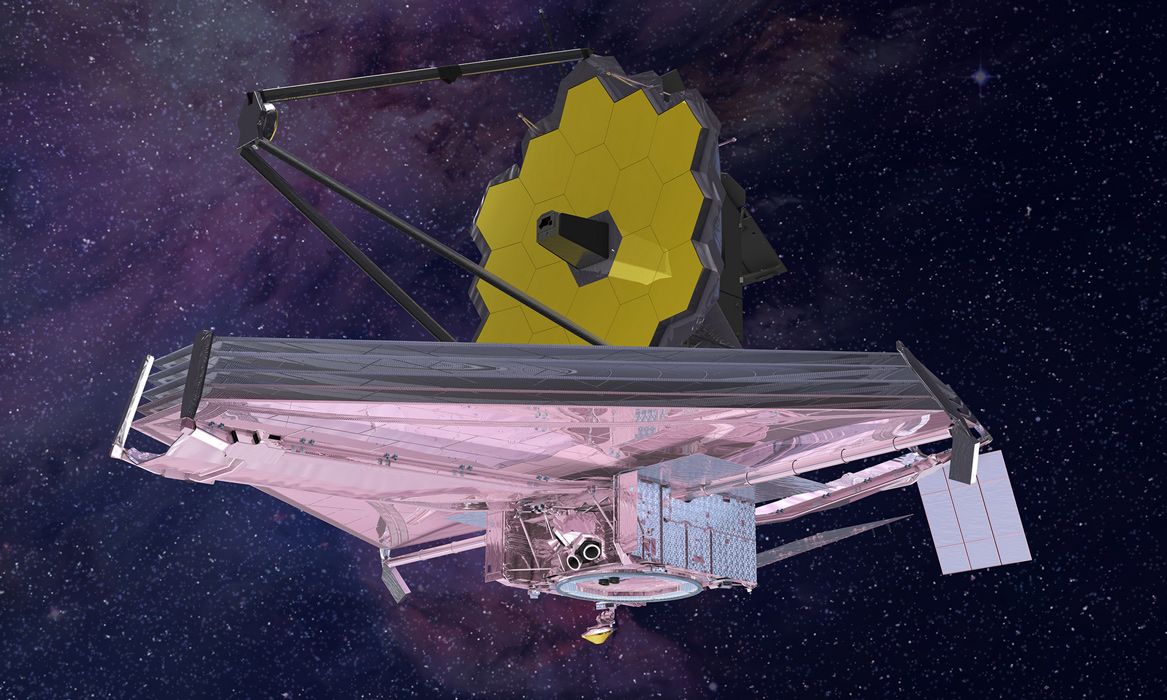
Of course, the most important event of 2022 was the launch of the James Webb Space Telescope, which reached its L2 Lagrange point for the first few months. During its flight, the telescope gradually unfolded the folded structure, and upon arrival, calibrated the instruments and cooled to ultra–low temperatures. On July 12, humanity saw the first impressive photos photographed by a telescope, the quality and clarity of which even exceeded the expectations of engineers. Astronomers expect James Webb to begin a golden age in our understanding of the cosmos by showing detailed photographs of objects billions of light-years away.
Launch of the most powerful NASA SLS rocket
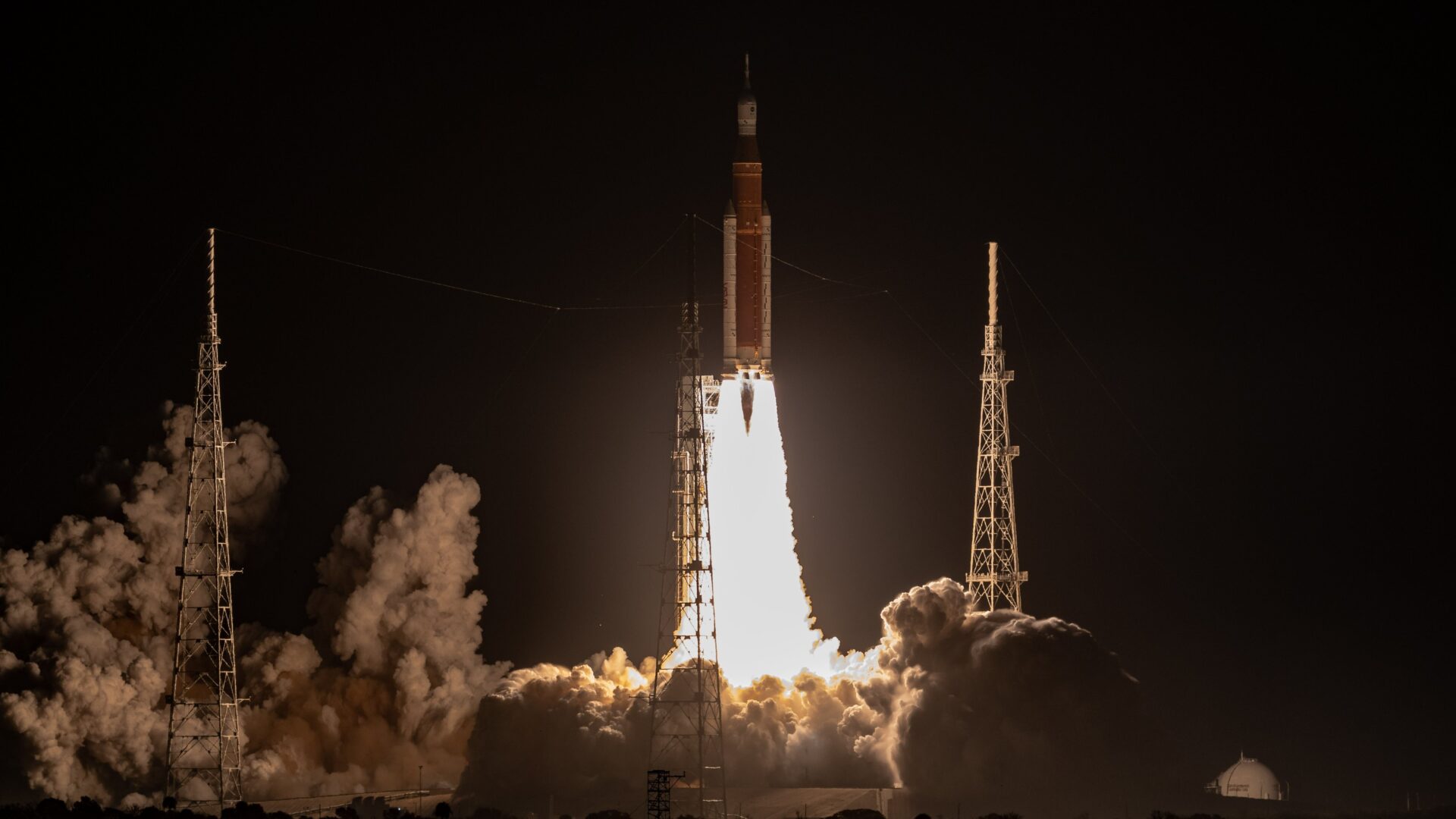
The Space Launch System, or SLS, is an impressive rocket weighing 2,600 tons and the height of the Statue of Liberty. This year, it finally went on its first trip into space, giving the green light to humanity to return to the Moon. Initially, NASA believed that this first flight without a crew could take place as early as May. But during the summer and autumn, the mission continued to be postponed due to mechanical problems, liquid fuel leaks and weather conditions.
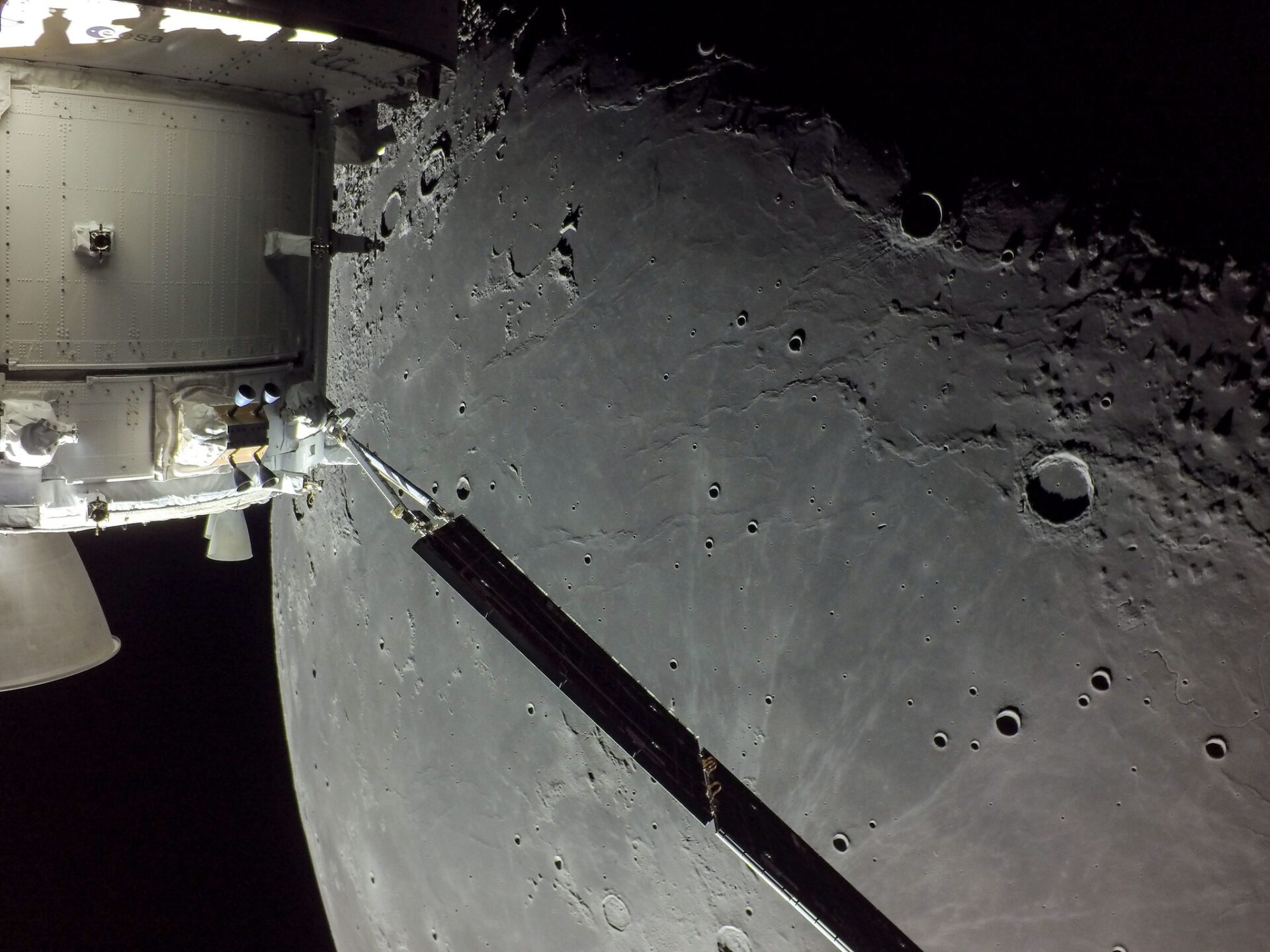
Finally, on November 16, a mega rocket rose into space, sending the Orion spacecraft on a long journey around the Moon and back to Earth. This mission, called Artemis I, is a test flight and the beginning of NASA’s return to deep space exploration under the guidance of astronauts. The main goal of the campaign is to finally send people to the Moon and possibly even to Mars.
“Shot” at an asteroid
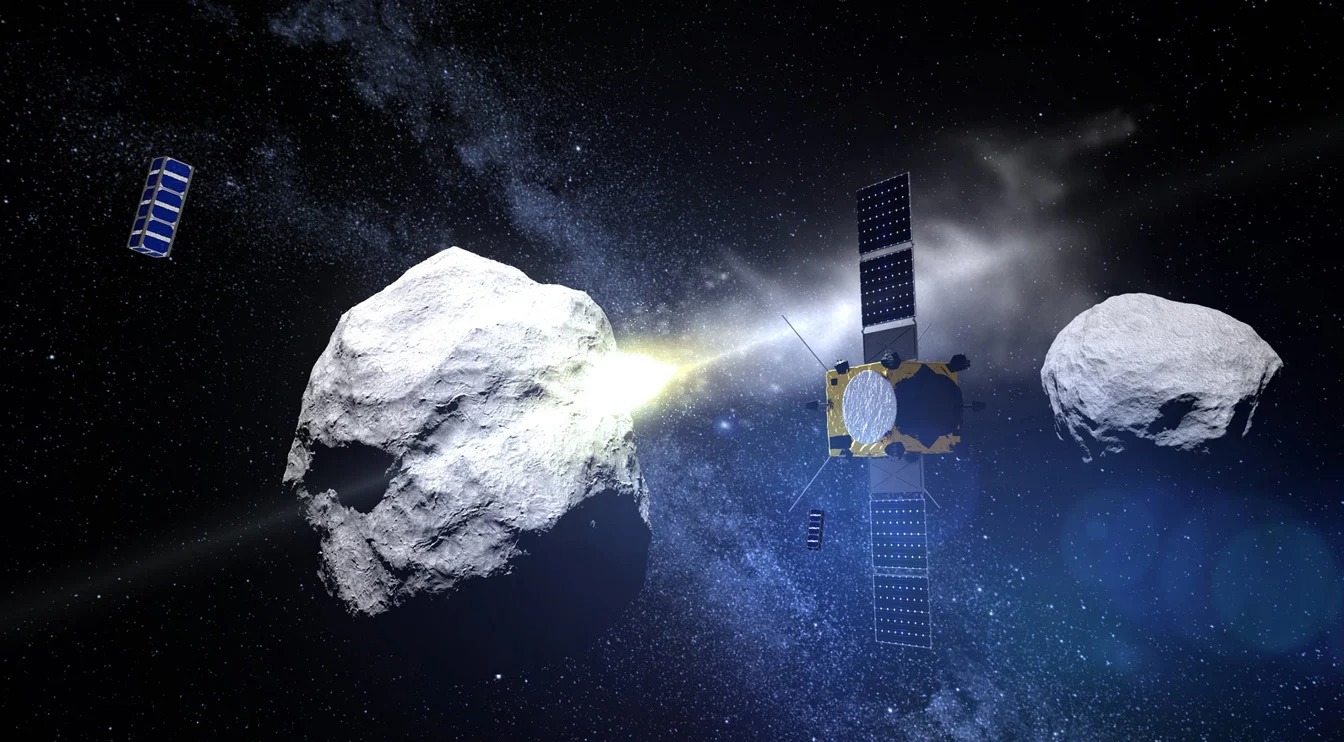
This year, NASA tested a “space weapon” aimed at saving humanity. The DART mission had the goal of testing the possibility of changing the asteroid’s trajectory to protect the Earth from collision. The attempt was successful. On September 26, the DART spacecraft crashed into a Dimorphos – an asteroid the size of a football stadium, located about 10 million km from our planet. A couple of weeks later, astronomers used ground-based telescopes to study the change in its orbit. The asteroid’s orbit around 65803 Didymos was reduced by 32 minutes, which exceeded the calculations by 10 minutes.
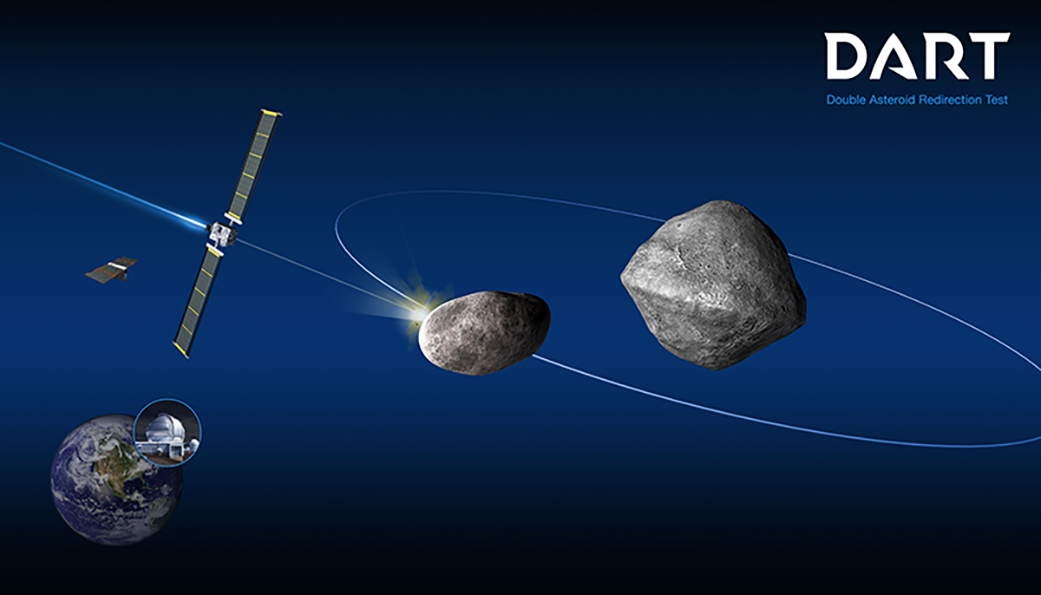
The carefully organized USD 330 million collision was broadcast live from the mission’s operations center at the Johns Hopkins Applied Physics Laboratory in Maryland. The spacecraft weighing about 500 kg had no explosives on board. Its weapon was its own body and pure kinetic energy. The collision occurred at a speed of 20 thousand km/h.
At the moment, astronomers are not aware of asteroids that would collide with our planet. However, scientists are closely monitoring 30 thousand large objects in our Solar System. According to their estimates, there are about 15 thousand asteroids larger than 140 meters waiting to be discovered.
First photo of a Black Hole in the center of the Milky Way
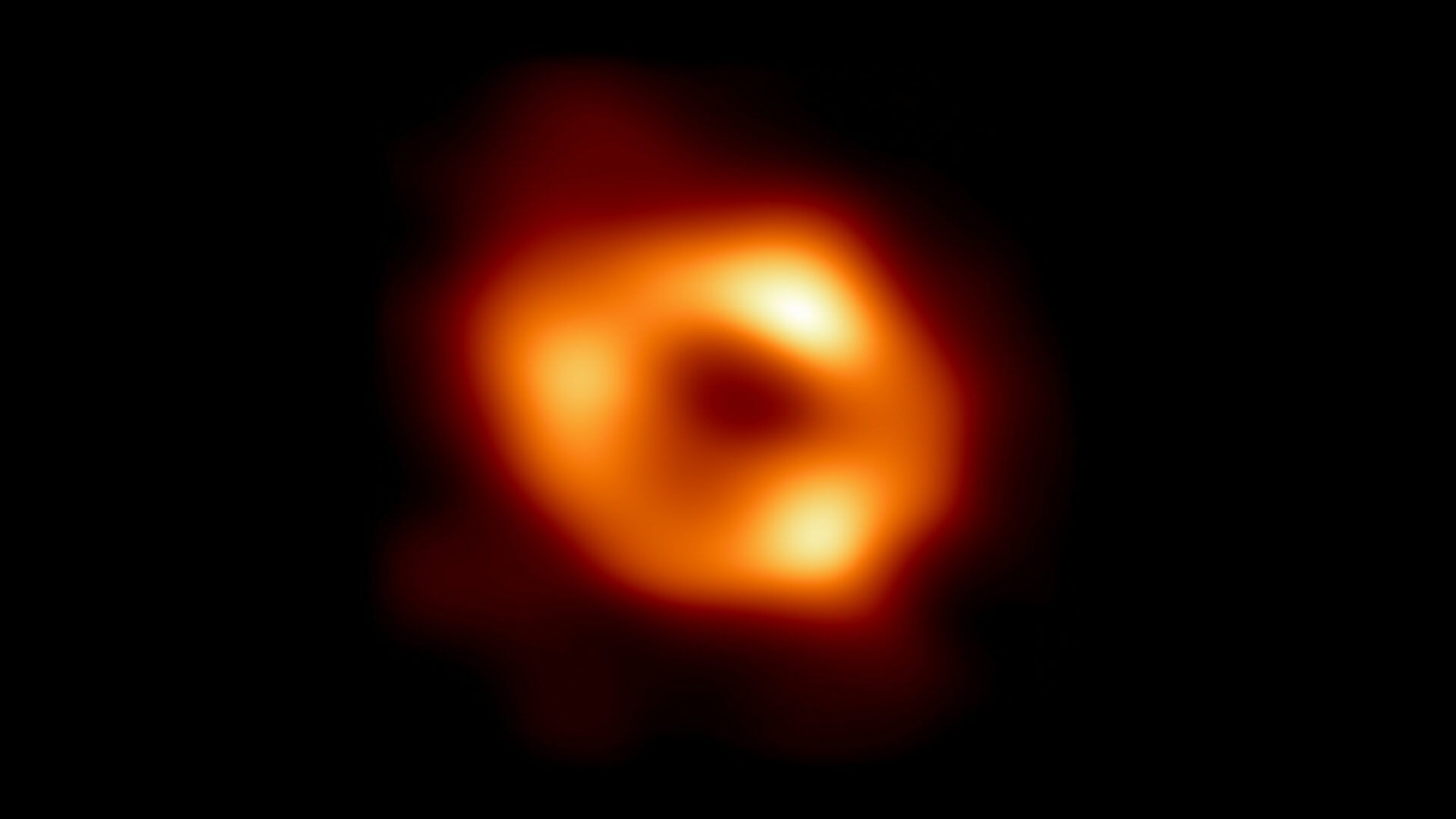
There is a giant black hole in the center of the Milky Way, and astronomers are able to see it for the first time. Thanks to the power of eight connected radio dishes from around the world, the Event Horizon telescope took a picture of the shadow of a supermassive black hole known as Sagittarius A*. Hundreds of scientists from 80 institutions around the world worked together to collect, process and combine pieces of data to create an overall picture.
Three years ago, any image of a black hole was only an artist’s interpretation or a computer model. Now scientists have a real photo of a real object, measuring 43 million kilometers. Yes, the picture was blurry. Therefore, thanks to the financial support of the National Science Foundation and other groups, scientists plan to improve their technology to make the image of the black hole clearer.
The largest comet in history
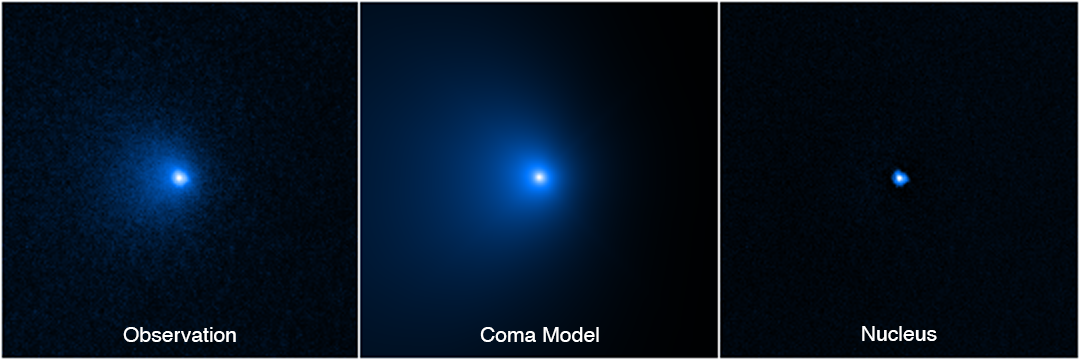
The Hubble Space Telescope has proved that the recently discovered comet C/2014 UN271 (Bernardinelli—Bernstein) has a nucleus measuring 135 kilometers for a mass of 500 trillion tons, making it the most tailed guest ever observed. The previous record holder was comet C/2002 VQ94, which diameter was estimated at 100 km. The researchers say that the size of C/2014 UN271 is significant because it provides a clue about other comets orbiting in the distant vicinity of our Solar System.
Bernardinelli-Bernstein immediately attracted the attention of the scientific community. First, it came from the Oort cloud. Calculations showed that the previous aphelion of the object lay at a distance of 39.4 thousand AU from the Sun. The next visit of C/2014 UN271 to the inner Solar System will take place in 4.5 million years.
China completes construction of the Tiangong Space Station
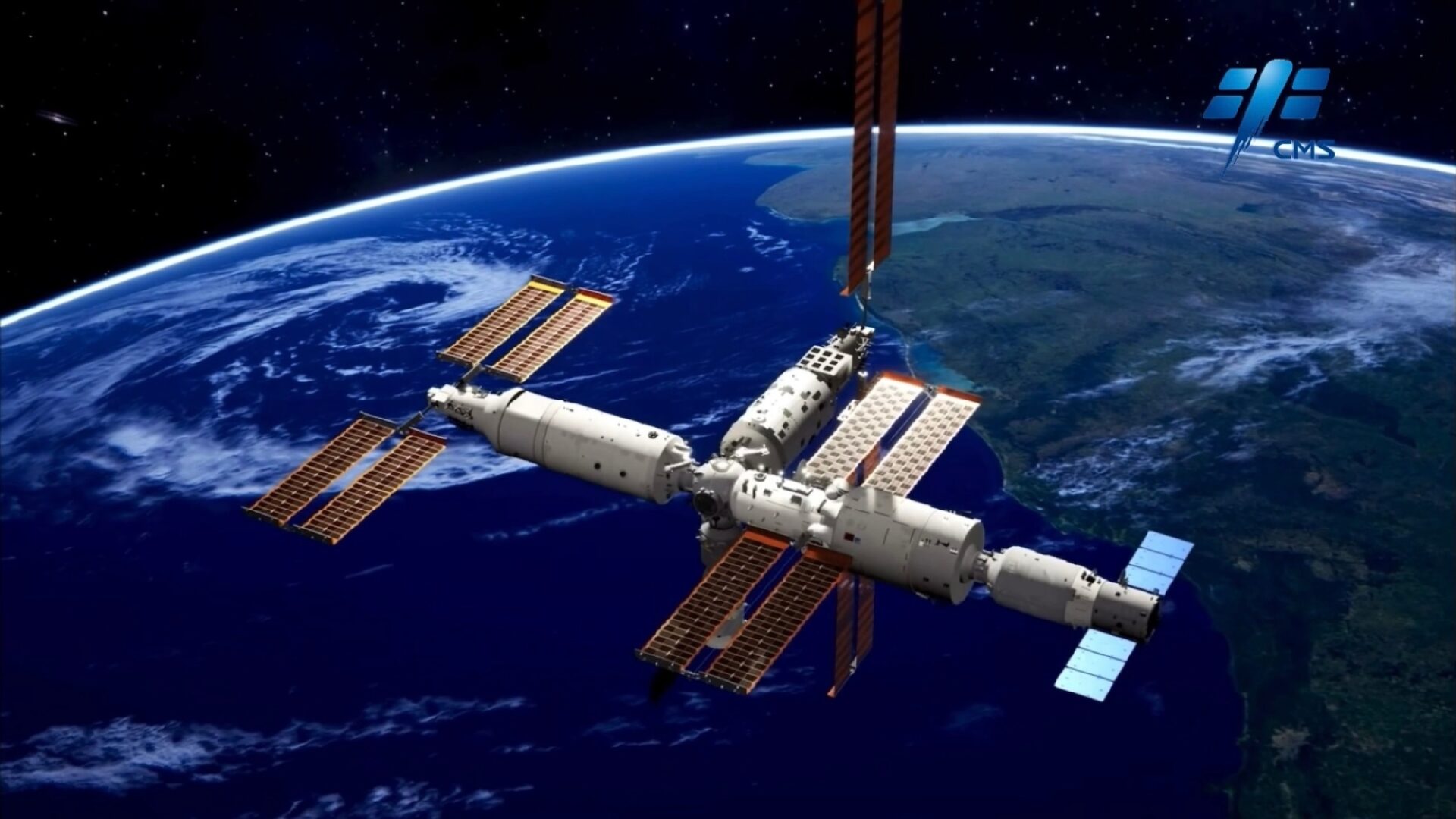
In October, China completed the construction of its own Tiangong space station. This is a space laboratory where scientists will conduct research in microgravity, like astronauts on the International Space Station. The Chinese word “Tiangong” literally means “heavenly palace”.
But along with China’s exceptional achievement in space came criticism. In November of this year, after the launch of the Long March 5B rocket, the spent accelerator fell to the Earth. Moreover, this is the fourth case – other debris fell into the waters of the Pacific Ocean on the territory of other countries, primarily the Philippines.
Ocean on Mimas
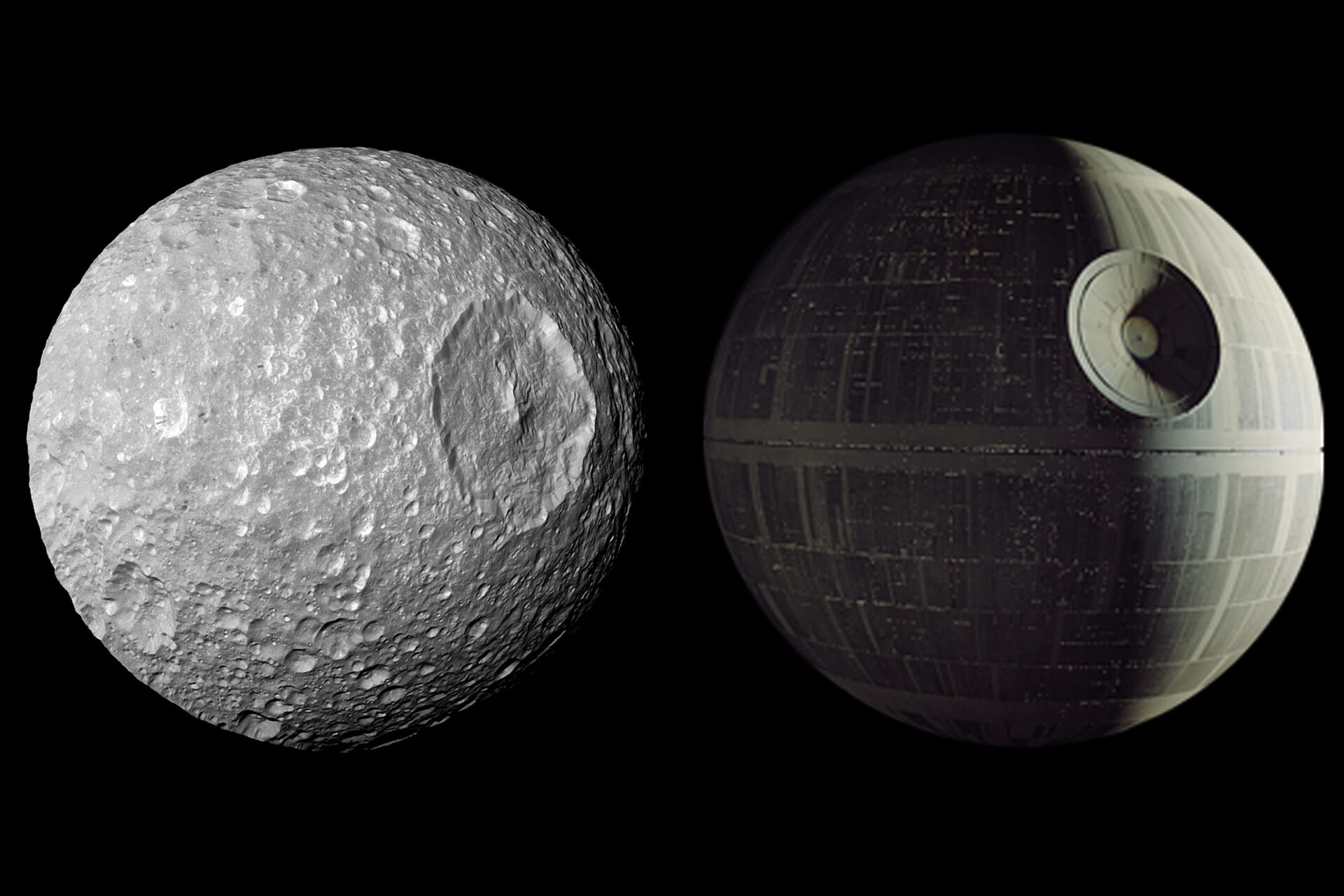
Saturn’s moon Mimas is known in the Solar System for its striking resemblance to the Death Star from Star Wars. But in 2022, this moon became a sensation – there could be an ocean on it, where there could potentially be life. A new study published in the planetary science journal Icarus describes how scientists unexpectedly discover signs of a liquid ocean under the icy shell of Mimas.
Earlier we reported on the amazing exoplanets discovered in 2022.
Follow us on Twitter to get the most interesting space news in time
https://twitter.com/ust_magazine
